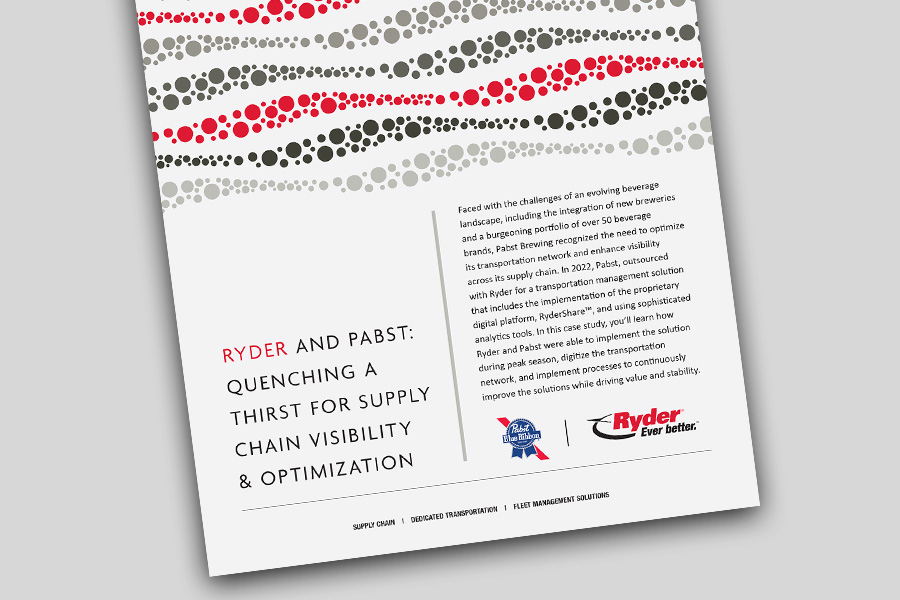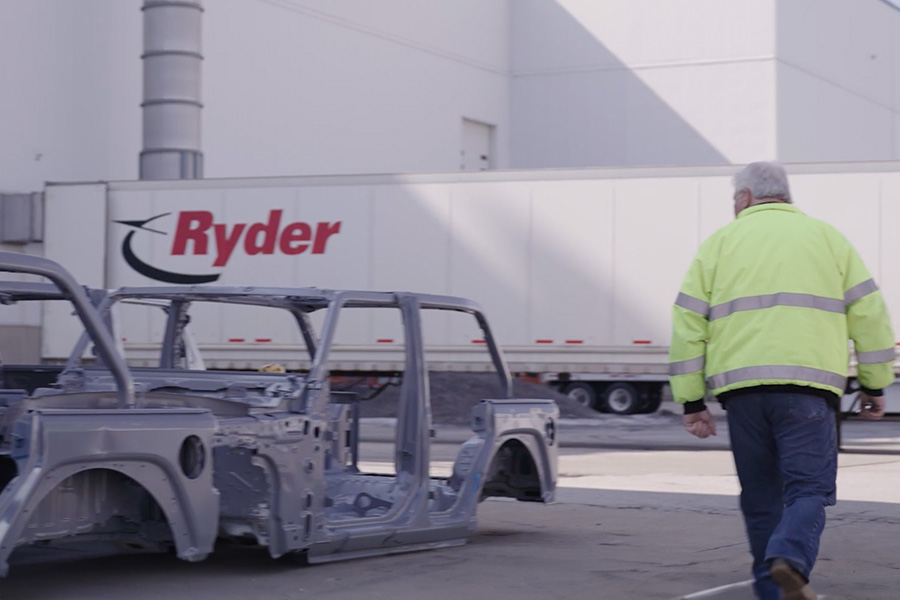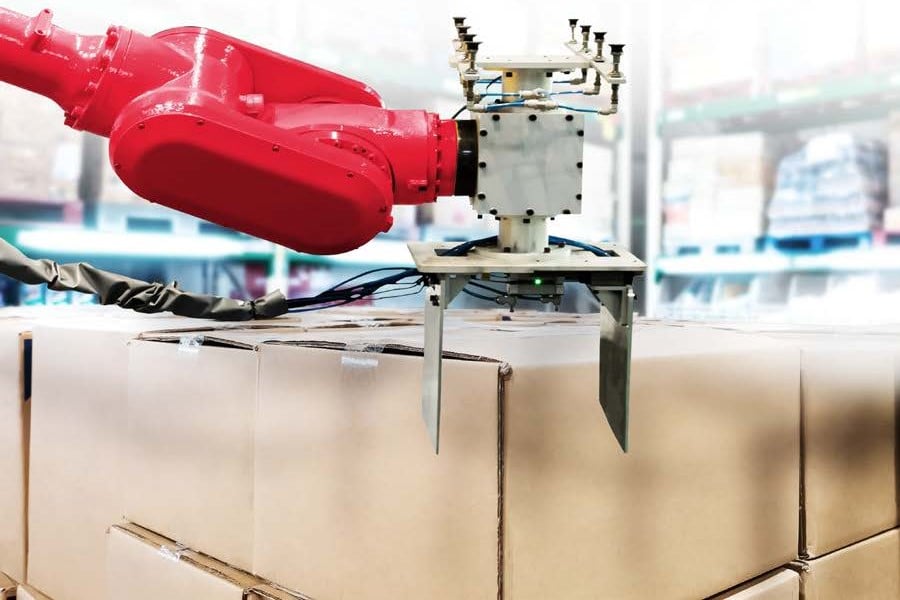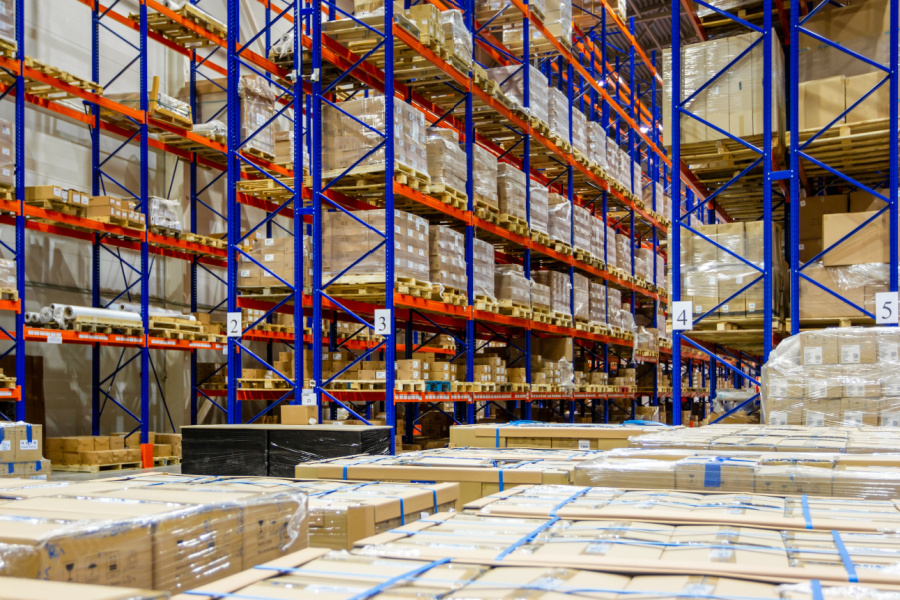Retail replenishment seems like a simple concept: it’s the process of counting in-stock inventory and reordering the stock you need at the right time to meet customer demand. The first part is easy -- the second, not so much. Customers expect every product to be available at all times, even if it’s patio furniture in the dead of winter and snow shovels in July. This is especially true during the holidays.
Your customers want a seamless shopping experience, which requires keeping inventory flowing through your supply chain. This means ordering or reordering from your suppliers in time to meet customer demand while avoiding outages and overstocks. Optimizing inventory replenishment is critical to your company’s performance and profitability.
Creating a frictionless customer experience and optimizing retail replenishment requires sound inventory management with the right logistics partner that understands retail replenishment’s challenges and the technology to automate efficiently.
In this article, we explore the tangible advantages of effective inventory replenishment, the part it plays in fulfillment and supply chain management, strategies for success, and how to find a retail-ready partner.
The role of retail replenishment in fulfillment
Obviously, if you don’t have the product, you can’t fulfill the order. This means dissatisfied customers will look elsewhere, and you’ll likely never see them again. Replenishment in the age of omnichannel retail complicates matters, so it’s key to forecast both future in-store and online demand.
Operationally, replenishment efficiency has a significant impact on profitability, affecting sales, shelf availability and storage, handling, and waste. Retail Dive reports that out-of-stocks mean retailers are losing almost $1 trillion in sales as shoppers encounter out-of-stocks in about a third of their shopping experiences.
Strategy is important. High inventory levels aren’t the answer. Retailowner.com reports that the annual additional cost of holding excess inventory can be as high as 32%. What should you do?
Strategies for successful retail replenishment
Demand drives inventory, but ever-changing customer preferences, demand patterns, and uncertainties in today’s supply chain provide challenges to effective and agile retail replenishment. Fortunately, with the right partner, you’ll access data to analyze demand patterns and forecast inventory needs and the automation necessary for efficiency. Cost-effective replenishment means optimizing order frequency and quantities.
To increase profits and create and keep happy customers, you need a correct inventory balance, realistic service level targets, smart purchasing, and process automation.
Integrate retail replenishment into the supply chain
It’s easy to end up with too little or too much stock. You have to forecast demand, calculate how much to order, properly time your purchasing, and determine allocation across channels and locations.
Store replenishment is a critical aspect of your supply chain, ensuring you have sufficient stock on hand to fulfill orders. It drives the fulfillment process and contributes to the seamless function of your supply chain. Any disruption in this process can cause major backlogs.
- If you don’t correctly time inventory replenishment, stockouts can stop your supply chain across one or more channels, creating issues for both brick-and-mortar and online customers, whether you sell directly or online.
- If you don’t account for lead times in the upstream supply chain stages, you’ll lose sales. Let’s say you reorder when you have only 10 units in stock, and it takes about two weeks to exhaust your supply. If your supplier takes two months to deliver the goods, you won’t have inventory for about six weeks, which results in lost sales.
- Collaborating with suppliers and distributors is critical for seamless replenishment and a smooth supply chain, as is real-time visibility and coordination, only available by leveraging technology.
Issues abound, but fortunately, they can be met head-on, solved, and optimized, for your inventory management, and your supply chain.
Common challenges and their solution in retail replenishment
One challenge to retail replenishment is addressing stockouts and overstocks. Another is managing seasonality and promotional events. Yet another is mitigating the risks of inventory obsolescence and expiration. With spreadsheets, this isn’t so easy, but technology simplifies it.
Focus on supply chain data and transparency. In the past, manual tracking, spreadsheets, and simple formulas determined when and how much to reorder. There’s more involved, of course, but in an era of severe and unexpected supply chain disruptions, manual tracking is limiting.
In contrast, data-driven technologically enhances decision-making offers:
- Insights into customer buying patterns to predict future demand more accurately.
- Flexibility and agility allow quickly monitoring and adjusting inventory levels on the fly to meet current market conditions.
- The information you need to make strategic decisions regarding supplier choices, pricing, and promotions so you can boost your overall business performance.
- With seasonality and retail replenishment, it’s key to sense changes in demand and capitalize on the season without the burden of extra inventory.
- You can’t manage what you can’t see. Mitigating inventory obsolescence and expiration requires a transparent look into inventory levels and market trends in order to effectively manage them.
Choose the right retail-ready partner
Choosing the right logistics technology and fulfillment partner who knows retail, retail replenishment, and supply chain management inside and out is vital. Ask the hard questions. Your partner should:
1. Understand the complexity of store deliveries. Direct store delivery is growing in popularity among retailers because it saves time and costs, but last mile delivery takes careful planning and a partner with an adequate fleet and the right vehicles to make on-time deliveries in malls, stand-alone stores, across the city, and beyond.
2. Have automated induction and sorting for cross-docking and preparing store delivery routes: This enables speedy fulfillment across complex networks by breaking down large shipments into smaller groups for easier delivery. Using automation to sort cross-docking reduces costs, eliminates taking products in and out of storage, reduces order fulfillment times, and improves on-time delivery. All of this, in turn, greatly improves the customer experience.
3. Have truckload optimization and TMS technology: A transportation management system (TMS) is a must-have for any partner that calls themselves retail-ready. It enables tracking of every movement of every single piece of inventory, automating inventory replenishment. The TMS integrates data from disparate systems to produce a complete and clear picture. The right TMS also offers shipment creation, consolidation, and mapping from the time an order is received, providing insight into the best way for that shipment to move to various locations. This visibility and the ability to combine like shipments reduces your costs.
4. Scanning and barcode printing: When an order is received, and when it is picked, packed, and ready for shipment, it needs a barcode. Shipping barcodes will be scanned on inbound inventory. Barcodes are assigned to outbound shipments to track packages through final delivery as well as inform replenishment. Barcodes are also used for storage, and for every bin, shelf, and pallet for shipping accuracy, making sure the right product is shipped to the right customer. They are also used to compile reports for warehouse management and count stock levels, and they greatly minimize errors.
5. Offer mobile scanning for store deliveries. Mobile scanning means instant verification that a shipment has arrived at its destination or needs further action to be delivered. The mobile scan also feeds directly into the TMS for effective inventory management.
6. Specialized equipment for metro and small store deliveries. Not every shipment requires a semi -truck. Be sure your partner has the right-sized vehicles, such as cargo vans, sprinter vans, and panel vans that can easily navigate high-traffic areas and narrow city streets.
7. Have returns management, including tote-bin management, merchandise-quality inspection, and restocking.




